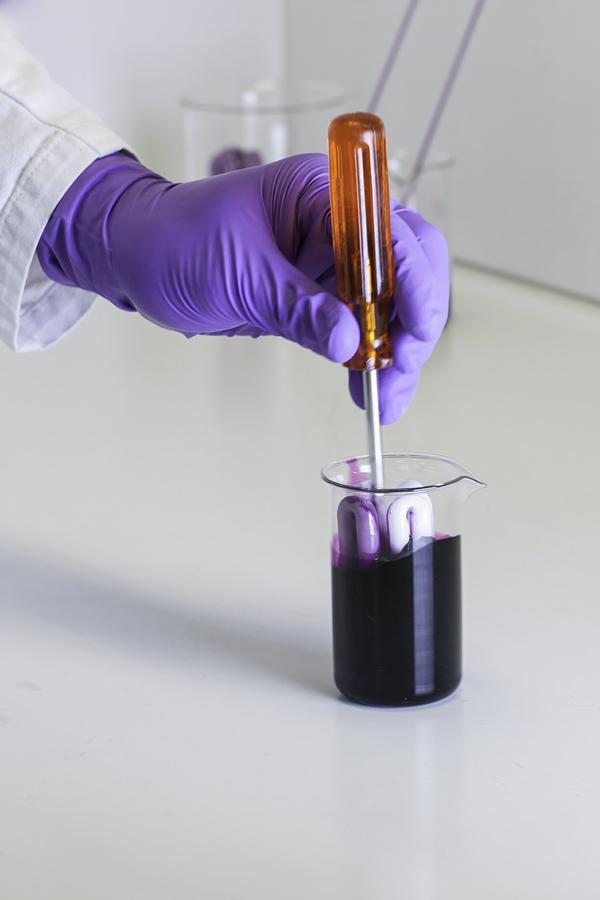While environmentalists have promoted them as safe, and the US government has given them a de factor mandate and subsidy by banning incandescent bulbs, there are still concerns among the public about the risks of having hazardous materials in their homes.
Mercury lamps, on the other hand, have been around since 1860. They were rarely used in the home, they are a big part of the reason why incandescent bulbs were invented in the first place, because they made human skin look 'green' and the risks in an enclosed space were too high but are more common in street lamps, because they have long life.
While the content of 'bound' mercury is always the discussion about the risks of CFL bulbs, relatively little study of mercury vapor in lamps has been done, primarily because they weren't used in the home before. Eidgenössische Materialprüfungs- und Forschungsanstalt (EMPA - The Swiss Federal Laboratories for Materials Science and Technology) recently conducted an investigation to find out how much mercury vapor these lamps contain and if this is within legal requirements. The reason vapor was studied is because in used lamps up to 80 percent of the mercury content exists in the gaseous form, whereas in unused lamps this figure is only 5 percent.

How safe are mercury lamps? Credit: EMPA
As EMPA scientist Renato Figi put it, "Nobody has managed to do this before.”
Figi measured the total amount of mercury in lamps by immersing them in a solution of potassium permanganate and breaking the glass envelope. When the glass tube is evacuated, the envelope is broken open and the potassium permanganate solution is sucked in and immediately reacts with the mercury, binding to it so that it cannot escape. Subsequently, the quantity of gaseous mercury can be exactly determined using UV spectrometry.
Figi separately measured the quantity of non-gaseous mercury in the lamp, which is usually in the form of a ball of amalgam (a compound of mercury, tin and zinc). To do this, the little metal balls are dissolved in concentrated nitric acid in a high-pressure incinerator at 250°C and under a pressure of 135bar. As a final step, he then measured the quantity of mercury adhering to the broken glass envelope. The glass fragments are cooled to -197°C and pulverized in a ball mill. Due to the very low temperature the mercury does not evaporate, remaining attached to the pulverized glass where it can also be measured.
Using this technique, Figi has evaluated the mercury content of 75 lamps, analyzing five samples each of 15 different types of commercially available lamp. These included the "mini ball" variety (a typical household lamp shaped like an old-style light bulb), as well as linear and ring shaped lamps which are often used on ceilings and walls. His measurements showed that none of the tested lamps contains more mercury than is allowed by Swiss law, namely 2.5 milligrams for a lamp of less than 30 Watt.
Health effects caused by mercury
According to the Swiss Federal Office of Public Health (FOPH), undamaged energy-saving lamps do not present any danger, as far as is currently known, but mercury vapor emitted by broken lamps are a danger to health if larger quantities of vaporized mercury are leaked, such as if several linear-form mercury lamps, each containing up to 15 milligrams of mercury, were to break open in a room.
Mercury poisoning causes damage to the central nervous system, with symptoms including trembling, excitability, change of character and reduced short-term memory. When high concentrations are involved cramps and paralysis may develop.
What should you do when a mercury lamp breaks?
- Open the windows and air the room for at least 15 minutes
- Use a cloth to carefully wipe up the glass shards, use sticky tape to gather any fine particles
- DO NOT use a vacuum cleaner as this will blow mercury vapor and particles into the air
- Place the glass shards, sticky tape and cloth in a glass jar with a screw top, seal it and take it to a hazardous materials recycling center






Comments